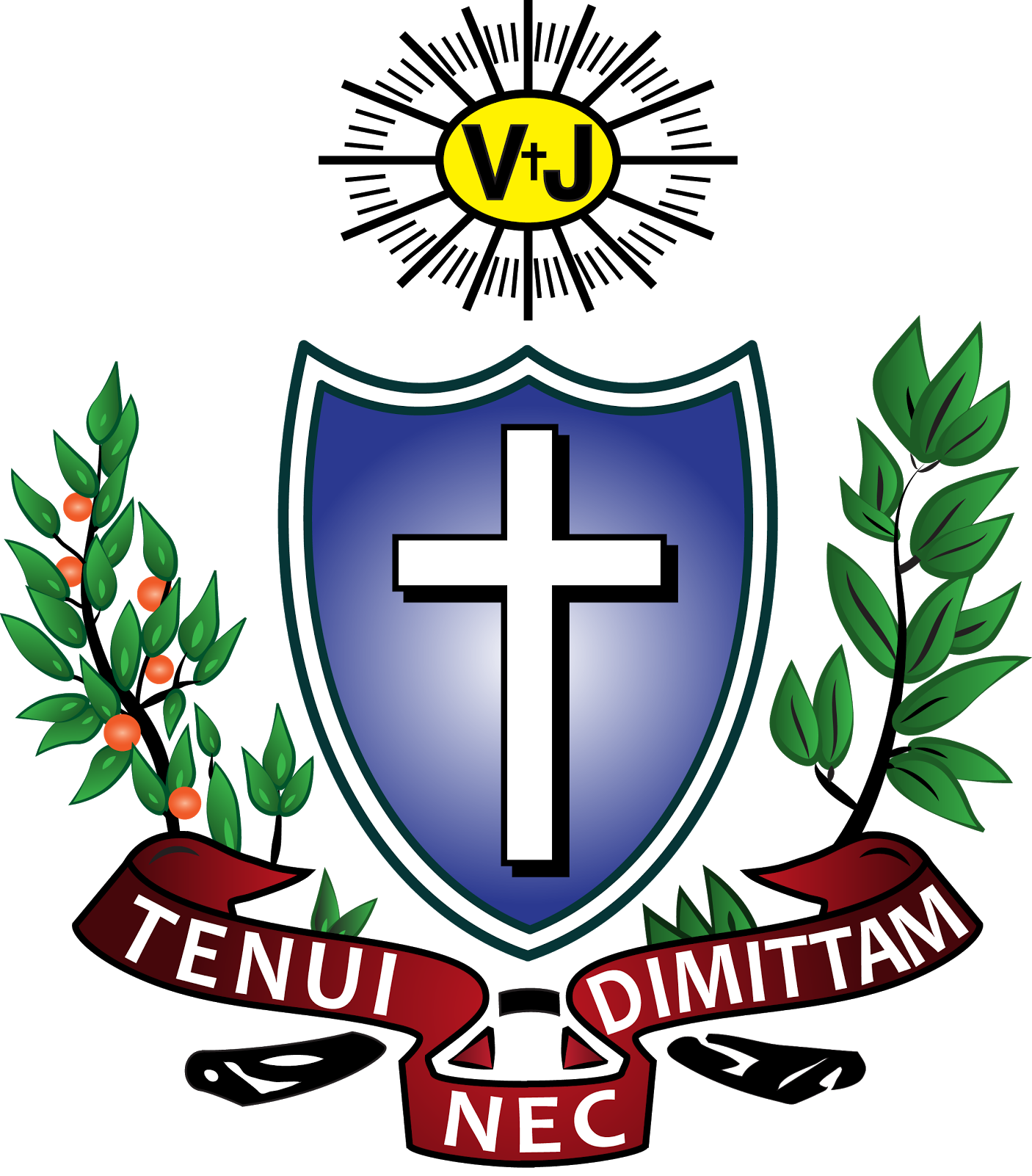St. Francis de Sales and the Naming of the Visitation Order
May 31, 2024 ~ The Feast of the Visitation
When he established his congregation, St. Francis de Sales envisioned a community of women not bound by the austerities of the more rigorous religious orders of the day. Rather, the Sisters would practice an interior asceticism whose source would be charity and whose distinguishing virtues would be humility before God and gentleness toward neighbor. The order would be essentially contemplative but also active to the extent that the Sisters would take turns going out among the people for a few hours each day, tending to the needs of the poor, the sick, and the dying.
Although Francis saw this apostolic work as "an aid to the life of prayer and contemplation within the convent," such a practice was quite unheard of at the time. Active and contemplative were considered mutually exclusive, not only for spiritual reasons but for administrative ones: contemplatives were strictly enclosed and never went out. Despite his original hope, the Bishop of Geneva eventually acceded to the wishes of the Archbishop of Lyons, in whose diocese a new Visitation monastery had been founded in 1615, and agreed that "the simple Annecy Institute" would become a cloistered religious order.
Among the questions to be settled in the early days of the fledgling institute was its name. Several possibilities had occurred to the bishop, including "Oblates of the Blessed Virgin" and "Daughters of Saint Martha," but the idea that kept coming to Francis was more along the lines of "Sisters of the Visitation." By July 1, 1610, the Sisters were calling themselves "Religious of the Visitation of Holy Mary." Many thought he chose the word "Visitation" to indicate that the Sisters were out visiting the needy in their homes, but actually Francis used the name in a spiritual sense because, as one biographer writes, "'a thousand lights' concerning the evangelical mystery of the Visitation had come to him for his institute."
What was there about [the riches of the mystery of the Visitation in the life of our Blessed Lady] that so touched the heart and soul of St. Francis that he would put his congregation under its patronage?
Fortunately, we have at least two of St. Francis' sermons on the subject, one for the feast of the Visitation in 1618 and the other in 1621. In them Francis spoke about the reasons Our Lady had for visiting Elizabeth, why she "proceeded in haste," the blessings she brought to the house of Zechariah, the role of the Holy Spirit, and Elizabeth's response. He also spoke about the virtues Mary demonstrated in visiting her cousin and told the Sisters of the Visitation how they could apply the lessons of this mystery to their own spiritual lives: [F]or what is the Visitation of Our Lady to holy Elizabeth if not a meeting of humility and charity, or a summary of the effects of these two virtues practiced by the holy Virgin toward her cousin? Humility and charity have only one object, God, as they tend toward union with Him; nevertheless, they pass from God to the neighbor, and it is in this transfer that they attain their perfection.
Sr. Marguerite Marie, VHM (www.visi.org)
St. Francis, in his 1618 sermon, suggested several reasons that Mary went to visit Elizabeth. She went, not only to be of help to her elderly cousin, but also "to see that great wonder, or that great grace, which God had worked in behalf of this good old and barren woman"; she went "in order to tell her of the exalted mystery of the Incarnation which had been worked in her"; and she went because "she knew that this visit would draw down an immense number of blessings upon the house of Zechariah . . . ." As to why she proceeded in haste, St. Francis explained: "The Evangelist says that the Virgin proceeded in haste and went up into the hill country of Juda, to show the promptitude with which we should respond to divine inspirations; for when the Holy Spirit touches a heart, He puts to flight all tepidity: He loves diligence and promptitude, and is the enemy of procrastination and delays in the performance of the divine will."
These are likely just a few of the "thousand lights" that came to St. Francis de Sales as he pondered this joyful mystery and put his newfound community under its patronage. He wanted his Visitandine nuns to imitate the virtues of Our Blessed Lady who went to be of service to her cousin Elizabeth with charity and humility, with zeal and joy: "Oh, then, my dear Sisters," he exhorted them, "be most careful to model your lives on hers: Be meek, humble, charitable and kind, and magnify the Lord with her during this life." He assured them that if they did so "humbly and faithfully in this world, "they would "undoubtedly sing the Magnificat in Heaven" with Mary herself.
Source: excerpt, St. Francis de Sales and the Visitation: A Reflection, The St. Francis de Sales Association



